April 23, 2025 | 16:19 GMT +7
April 23, 2025 | 16:19 GMT +7
Hotline: 0913.378.918
April 23, 2025 | 16:19 GMT +7
Hotline: 0913.378.918
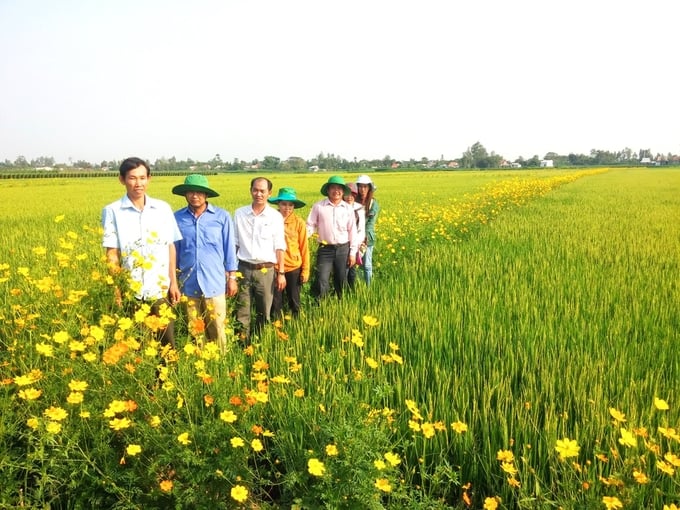
Ecological field. Photo: Le Hoang Vu.
Soil contaminated with some unexpected metals or bimetals (cadmium, lead, copper, zinc, and arsenic) exceeding a certain value is considered contaminated and polluted.
According to Vietnamese Standards (2015), agricultural soil is considered lead (Pb)-contaminated if the total amount of Pb in the topsoil exceeds 70 mg/kg of dry soil and cadmium (Cd)-contaminated if the total amount of Cd exceeds 1.5 mg/kg of dry soil. Soil is considered arsenic (As)-contaminated if the As content exceeds 15 mg/kg of dry soil; copper (Cu)-contaminated if the Cu content exceeds 100 mg/kg of dry soil; and zinc (Zn)-contaminated if the Zn content exceeds 200 mg/kg of dry soil.
Cadmium, lead, and arsenic are three toxic substances that are almost confirmed to be very harmful to the health of humans and livestock. Copper and zinc are often called trace elements that are useful for biological life, but if they exceed a certain threshold, they can also pose a toxic risk to humans and livestock.
Heavy metals can be found in agricultural soils and in crops of various origins, either naturally or due to human activities. Heavy metals are still naturally available in the soil. The natural metal (matrix) content in soil depends on the parent rock that makes up the soil and is very variable.
Water: Irrigation water may contain very small amounts of heavy metals. Care should be taken when using water originating from mining areas and industrial zones; wastewater from factories and intensive agricultural areas; or river water downstream of the above-mentioned areas to irrigate crops because these are water sources that may be contaminated with metals. The use of domestic or urban wastewater sources and polluted water sources, especially in the dry season, is one of the causes of very high exposure to heavy metals in general and cadmium in particular.
Fertilizers: Cadmium (Cd) is an unexpected heavy metal and the main contaminant in fertilizers of concern. Cd is found in sediments containing zinc and phosphorus, so it is often found in phosphate fertilizers. The level of Cd present in phosphorus-containing fertilizers depends on the origin of the phosphate rock used to produce phosphate fertilizers. Fortunately, the phosphorite and apatite rocks used to produce phosphate fertilizers in Vietnam have relatively low Cd content compared to some phosphorus-containing minerals from other countries. However, it is not good to use too much phosphate fertilizer for a long time.
Manure from industrial livestock farming: Manure from industrial livestock farming can contain many different metals (Cd, Cu, Zn, etc.) as impurities. The metal content of this manure depends on the metal content of the main feeds or admixtures for livestock. Cu and Zn are common feed supplements for pigs, and as a result, their manure contains high levels of Cu and Zn. Or, industrial chicken manure contains the highest Cd content compared to other types of manure. However, according to traditional production methods, manure from livestock fed with natural food sources mixed with straw and compost will be a clean source of fertilizer, not a concern about heavy metal residue.
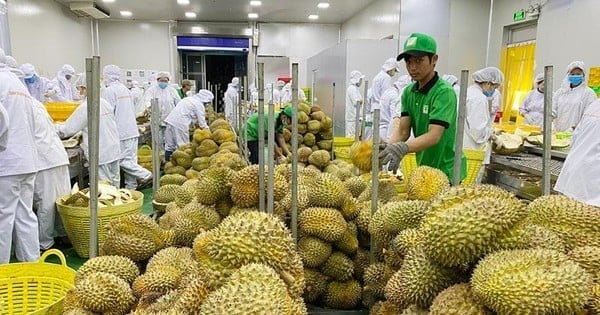
There is public opinion about 30 shipments of Vietnamese durian exported to China contaminated with heavy metal Cd, exceeding China's food safety limit. Photo: TL.
Garbage compost and sewage sludge: Garbage compost is usually a combination of industrial and commercial waste. The amount of Pb and Cd in sewage sludge from ponds and garbage compost is often relatively high.
Air: The level of heavy metal dust in the air may be higher in areas near industrial parks, such as metallurgical and foundry areas, and near highways. In most agricultural production areas, the metal content entering the soil from the air is very small.
Other causes: household farm waste, wastewater, and discarded metal materials from traditional metal casting craft villages, sewage sludge, and waste from factories and plants can be metal sources of soil pollution.
Recently, some intensive farming areas of specialty crops such as oranges and cinnamon were discovered to have quite high levels of Cu or Cd, exceeding the warning threshold or exceeding the safety threshold for agricultural products and food. Especially, there is public opinion about 30 shipments of Vietnamese durian exported to China contaminated with heavy metal Cd, exceeding China's food safety limit. The information is very bad for the reputation of agricultural product quality and damages the soil environment. Besides, some cinnamon export shipments were also not accepted because the Cd content was higher than normal.
For agricultural products that are warned of heavy metal contamination, clarifying the cause requires traceability, including farming soil, fertilizers, pesticides, and water sources used during the production and pre-processing of agricultural products. However, if it is acute pollution, which means temporary contamination or pollution, the cause is more likely to be exposure from used fertilizers or water sources used for pre-processing. To properly detect the cause, it is very important to fully monitor the entire production cycle, including production, pre-processing, storage, and transportation of goods.
For soil contaminated with heavy metals and toxic chemicals, pollution treatment is quite expensive, and the land use purpose usually must be changed, at least for a certain period, because sometimes plants can still grow normally in soil contaminated with certain heavy metals, but they are harmful to humans and livestock if foods containing excessive levels of toxic chemicals are used.
On the other hand, during the production process, the possibility of exposure will be much higher when contacting contaminated soil because the infection is not simply through food. Many countries have very strict regulations when choosing areas of land to build children's entertainment areas for fear that children will play with the soil.
According to common solutions, in cases of slightly polluted or newly contaminated soil, people can:
Apply lime: Acidic soil (low pH) increases the mobility of metals in the soil. Adding lime to the soil will significantly reduce the release of Cd and other heavy metals from the soil, thereby reducing the absorption of plants and organisms.
Add clay and stone powder materials: Sandy soil added with clay helps reduce metal adsorption by plants, especially if the clay is alkaline. Natural mineral materials such as perlite powder or other clean minerals have also shown the ability to reduce Cd mobility in soil, thereby limiting the amount of Cd in crops.
Deeply plow: deeper soil cultivation increases soil biomass. For example, plowing at a depth of 20 cm is better than a depth of 10 cm because the concentration of any toxic chemicals will be smaller because of the increased amount of land under cultivation.
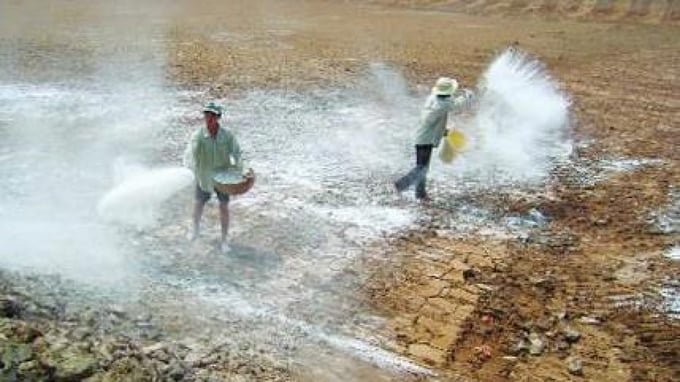
Adding lime to the soil will significantly reduce the release of Cd and other heavy metals from the soil. Photo: TL.
Increase organic matter content: Maintaining or increasing organic matter in the soil by returning crop residues, adding traditional manure, and burying straw can also immobilize heavy metals and toxic chemicals in the soil better, limiting dispersed pollution.
The best is not to let the soil be polluted and to prevent causes of pollution. However, in force majeure cases, there must still be measures to use contaminated soil wisely with high economic and environmental efficiency. Avoid leaving land fallow, which cannot be reversed.
Depending on the level of pollution on the farmland, choose appropriate methods of use, improvement, and planting. For soil that has been contaminated with highly toxic chemicals, it is absolutely not recommended to grow food crops because heavy metals or toxic chemicals may not be present in the product, but the exposure is very high for the producer, and toxic substances may be stained right on the surface of the product.
In the case of newly contaminated or slightly contaminated soil that can still be used to plant trees and harvest, it is necessary to wash the products thoroughly before use because usually the surface contamination is higher than the internal contamination. Many studies show that in some contaminated soils, growing water spinach still produces clean water spinach on the condition that the vegetables are thoroughly washed with clean water. Growing sweet potatoes still produces clean sweet potatoes, but they must be peeled.
There are many suggestions that if suburban lands are contaminated with heavy metals, they can be planted with urban forestry trees, which have the ability to fix heavy metals. Even some types of flowers, ornamental plants, and precious wood completely ensure the urban landscape and contribute to gradually improving the soil and living environment.
For large, highly commercial production areas, it is necessary to have comprehensive research on heavy metals in soil in terms of both the total amount and relationship with other components in the soil. It is important to note that agricultural product safety standards are increasingly strict, so soil information, including soil chemistry, physics, and biology, needs to be monitored and tracked in a large, systematic database to provide timely warnings and adjustments, thereby managing sustainable and safe land use to ensure long-term economic, social, and environmental benefits. It is also important to note that agricultural product safety must be included in the entire chain of production, processing, circulation, and consumption because at any stage there is a potential for exposure.
Translated by Huyen Vu Thu
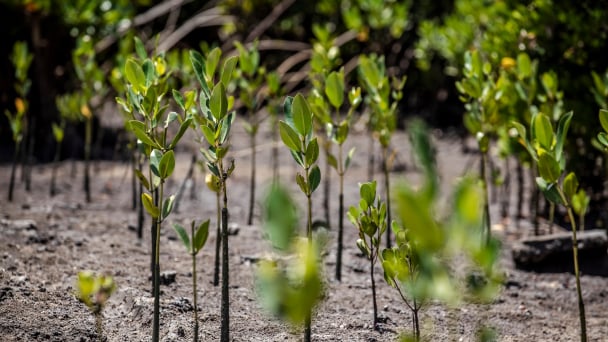
(VAN) Cutting-edge technology and data will bring transparency and accountability to global restoration commitments under the Kunming-Montreal Global Biodiversity Framework.
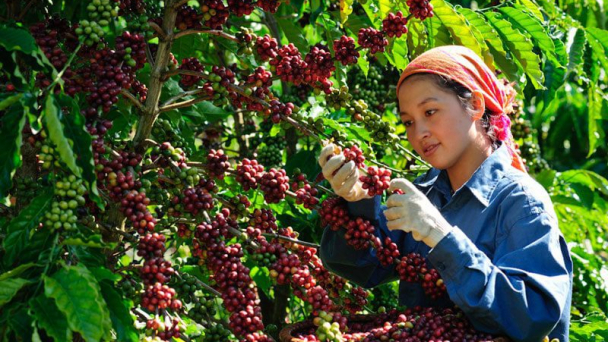
(VAN) The SAFE project in Vietnam will support actors in the coffee supply chain in meeting the requirements of the EUDR and conserving forest ecosystems.
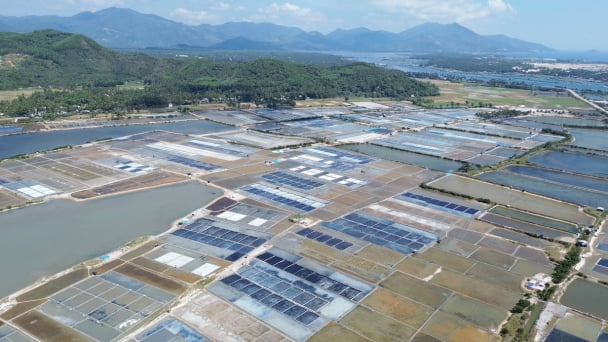
(VAN) On April 22, the United Nations Development Program (UNDP) worked with a group of local farmers from Tuyet Diem village and representatives of Xuan Binh commune, Phu Yen province.

(VAN) At the close of the P4G Summit, delegates agreed to transform agricultural and food systems sustainably, ensuring food security while protecting the environment.
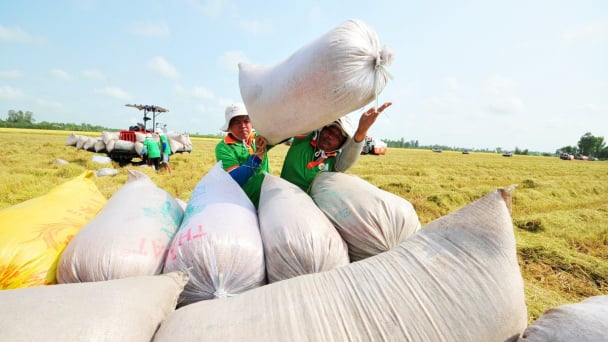
(VAN) The rice industry in the Mekong Delta is undergoing a major transformation, shifting toward sustainable, high-quality, and low-emission exports to meet the green and clean standards increasingly demanded by international markets.
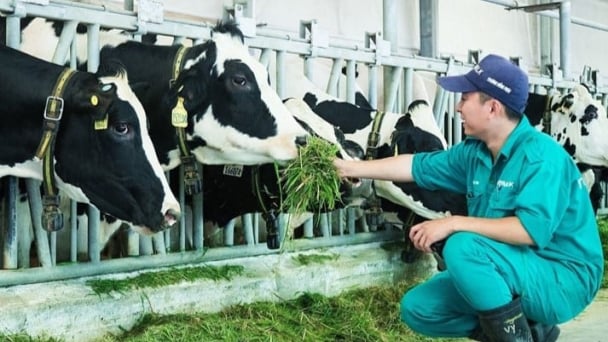
(VAN) According to Tong Xuan Chinh, Deputy Director of the Department of Livestock Production and Animal Health, Vietnam’s dairy cattle industry must overcome seven major challenges to achieve sustainable development.
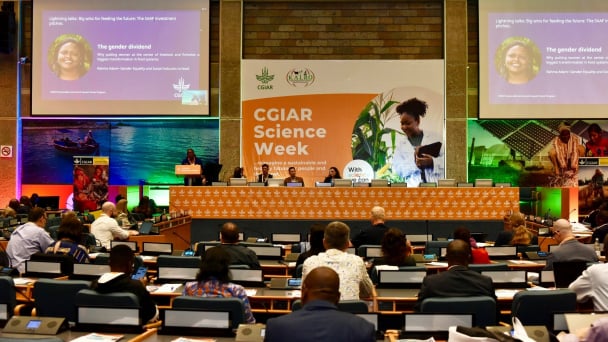
(VAN) The CGIAR’s Sustainable Animal and Aquatic Foods (SAAF) program represents a new approach that emphasizes the transformation of food systems toward sustainability.